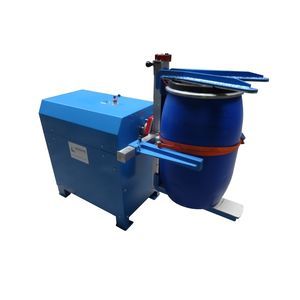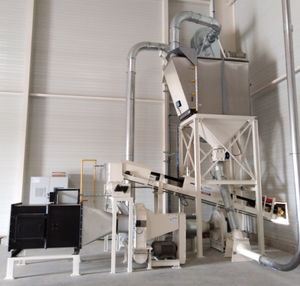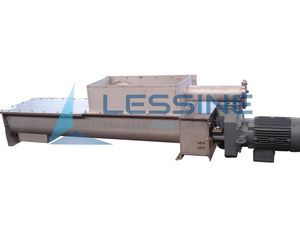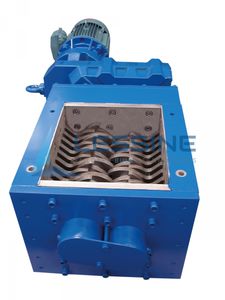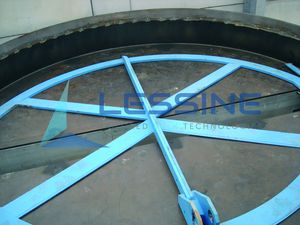

- Products
- Catalogs
- News & Trends
- Exhibitions
Ball mill verticalglassfood
Add to favorites
Compare this product
Characteristics
- Technology
- ball
- Orientation
- vertical
- Product applications
- food, glass, mineral
- Other characteristics
- dry milling, wet grinding, batch
- Sector
- for recycling
Description
Balls are placed in a rotating drum with the product. Products are ground thanks to the friction and the impact resulting from dropping the balls against the product and the collision between particles themselves. The miling intensity depends mainly on the drum’s speed, the balls size and material as well as the amount of time the product remains in the chamber.
Depending on the application and the expected results, grinding can be done using a dry or a wet process. And, according to the desired flow rate, it can be batch or continuous milling.
During continuous milling, particle size classification solutions (sieving, ventilation separator, hydrocyclone,...) are inherent part of the milling solution to ensure expected outcomes.
Features
For wet and dry products
For low flow rates or for high reduction coefficients, grinding is defined by grinding time; and the product we get at the end of each cycle is the final product.
Various coatings available: ceramic, rubber, anti-abrasion steel,...
Options: cooling grille, controlled-atmosphere working,...
Sturdy contruction, which minimizes maintenance costs
Application
Widely used in all sectors of industry:
Minerals, fertiliser, mineralogical chemistry (e.g. cement, construction materials)
Food, pharmacy, fine chemicals (e.g. colours, varnishes)
Metals (e.g. enamels)
Environment & recycling (e.g. glass)
Fuels (e.g. coal)
Related Searches
- Grinding mill
- Screening unit
- Bulk material screening unit
- Horizontal grinding mill
- Vertical grinding mill
- Food lump breaker
- Waste lump breaker
- Recycling screening unit
- Knife chopper
- Recycling grinding mill
- Compact screening machine
- Mineral mill
- Dry screening sieving machine
- Dry milling grinding mill
- Rotary drum grinding mill
- Ball grinding mill
- Robust lump breaker
- Wet screening sieving machine
- Wet grinding grinding system
- Glass grinding mill
*Prices are pre-tax. They exclude delivery charges and customs duties and do not include additional charges for installation or activation options. Prices are indicative only and may vary by country, with changes to the cost of raw materials and exchange rates.

